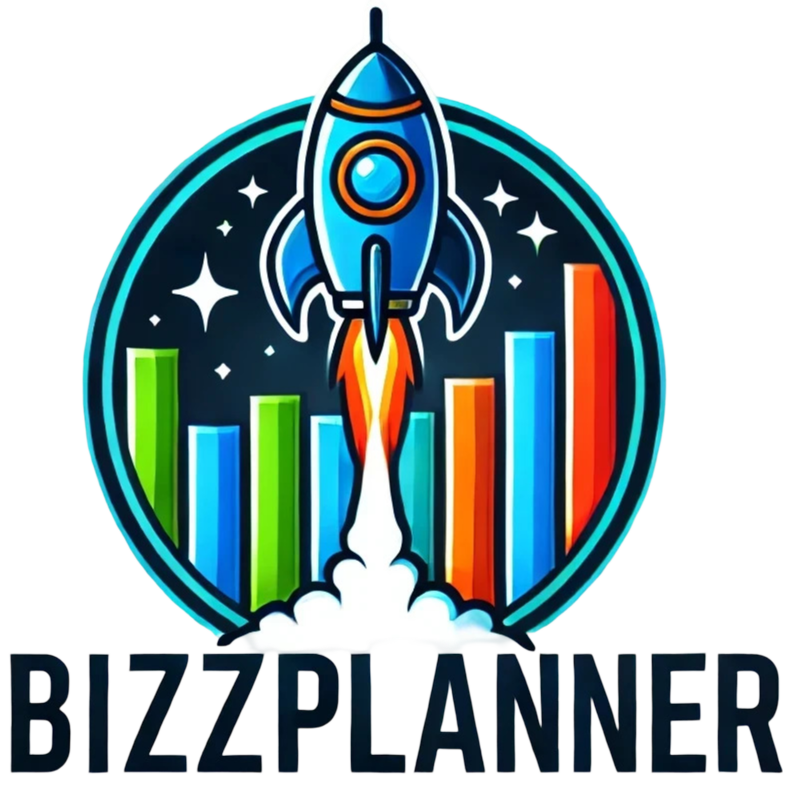Usability testing can feel a bit overwhelming, right? With so many steps and details to juggle, it’s easy to get lost in the process. But don’t worry; you’re not alone in feeling that way! Many people stumble at the start and wonder how to even get things rolling.
If you stick with me, I’ll break it down into manageable chunks that will make it a lot less intimidating. By the end, you’ll have a solid roadmap to conduct effective usability testing, ensuring your product truly meets users’ needs and expectations.
We’ll cover everything from planning your test and setting up the environment to recruiting participants and analyzing results. Ready? Let’s dive in and make usability testing a breeze!
Key Takeaways
Stefan’s Audio Takeaway
- Define clear goals and select relevant user tasks before starting usability testing.
- Set up a distraction-free test environment with necessary equipment ready to go.
- Recruit participants who match your target audience, offering incentives for their involvement.
- Encourage participants to think aloud during the test to gain deeper insights into their experience.
- Document both qualitative and quantitative feedback, focusing on success and error rates.
- Analyze findings by grouping common issues and visualizing data for clarity.
- Implement changes based on findings, continuously testing to refine your product further.

1. How to Plan Your Usability Test
Planning a usability test is crucial to ensure you gather relevant insights and data. Start by defining clear goals: what do you want to learn or improve? Make sure your goals align with user needs and business objectives.
Next, choose the right tasks for participants. These should reflect common user scenarios, helping you understand how real users interact with your product. For example, if you have an e-commerce site, tasks could involve finding a specific product, adding it to the cart, and checking out.
Finally, create a timeline and budget. Make sure to allocate enough time for recruiting and testing, and don’t forget to factor in the costs of any tools or participant incentives. A well-thought-out plan keeps everything on track and running smoothly!
2. How to Set Up the Test Environment
A well-organized test environment can make or break your usability testing session. First, choose a quiet, neutral space that’s free from distractions, allowing participants to focus on the tasks at hand.
Next, ensure you have the necessary equipment set up and tested in advance. This includes screen recording software to capture user interactions and audio recording for capturing thoughts and comments during the test. Quality recordings can provide valuable insights later.
Lastly, have a facilitator present to guide participants through the test. This person should explain the process clearly, encourage the participant to think aloud, and maintain a comfortable atmosphere to ease any nerves. A friendly, open environment can lead to more honest feedback.
3. How to Recruit Participants for Usability Testing
Recruiting the right participants for usability testing is like finding gold; it can make all the difference. Start by identifying your target audience. Who uses your product? Consider demographics like age, gender, and tech-savviness.
Use social media, existing customer databases, or platforms like UserTesting and Respondent to find participants. Offering small incentives, like gift cards or discounts, can attract more people to participate.
During recruitment, be transparent about the testing process. Explain what participants can expect and how their feedback will be used. This honesty builds trust and encourages genuine responses during the test. Remember, the goal is to gather insights from real users, so recruit accordingly!

4. How to Conduct the Usability Test
Conducting the usability test involves a series of clear steps to ensure everything runs smoothly.
Start by briefing participants about what to expect, making sure they feel comfortable.
Guide them through each task while encouraging them to verbalize their thoughts—this thinking-aloud technique can reveal useful insights.
Watch closely for any struggles they encounter, taking notes on areas that cause confusion or frustration.
Record the session if possible, as this allows you to review their experience later without missing any details.
Once the test ends, thank your participants and offer any incentives you promised. Their feedback is invaluable!
5. How to Document and Record Test Results
Effective documentation of your test results is key to making use of the insights you’ve gathered.
Start with raw data from recordings, noting down both qualitative comments and quantitative metrics.
Focus on key metrics such as success rates and error rates, which can highlight significant usability issues.
For instance, if 50% of participants fail to complete a task, this signals that something needs fixing.
Additionally, document user satisfaction rankings by using tools like the System Usability Scale (SUS) to get a numeric value of overall experience.
Finally, compile your findings into a clear report, making it easy for stakeholders to understand the critical issues and areas for improvement.
6. How to Analyze and Report Your Findings
After documenting the results, analyzing them is the next step to uncover actionable insights.
Begin by grouping feedback into themes based on common issues participants faced.
It’s helpful to visualize the data, using charts or tables that display success rates, time on task, and error rates.
Share specific examples from test sessions to illustrate your points; this will make your report relatable and impactful.
In your presentation, emphasize key findings and prioritize them based on severity and frequency—some problems may need immediate attention.
Make sure to report both positive outcomes and areas that need improvement; this balanced view helps in getting buy-in from stakeholders.
7. How to Iterate and Improve Your Product
Once you’ve analyzed and reported your findings, it’s time to make real changes to improve your product.
Start by prioritizing the issues based on your analysis; tackle the most pressing usability concerns first.
Consider brainstorming sessions with your team to generate ideas for solutions, while referring back to the feedback from users.
Before implementing major changes, it’s wise to prototype and test any new features to ensure they actually resolve the issues.
Continuous feedback loops are essential—keep testing new iterations with your users to consistently refine the product.
Lastly, share updates with your team, highlighting how user insights have influenced product improvements; this fosters a user-centered culture in your organization.
FAQs
The purpose of a usability test is to evaluate a product’s user interface and identify potential issues, ensuring that it meets user needs, is efficient, and provides a satisfactory experience.
Typically, 5 to 7 participants are enough for effectiveness. This number balances diverse feedback while keeping the testing process manageable and cost-effective.
Use qualitative methods like user feedback and observation along with quantitative data such as task completion rates. These combined insights will offer a comprehensive understanding of usability issues.
Usability testing should be an iterative process, ideally conducted after significant design changes, or at each project milestone, to ensure continuous improvement and user-centered design.
